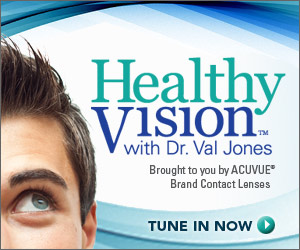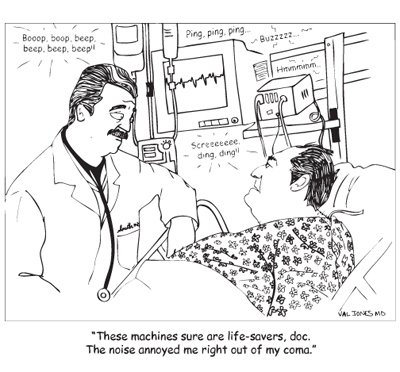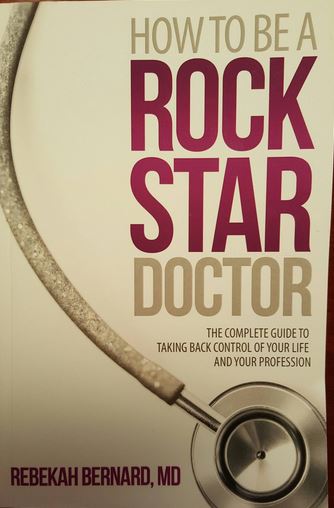July 31st, 2011 by Edwin Leap, M.D. in Health Policy, Opinion
No Comments »

Last night I was contacted by a physician in the local urgent-care. I like him, and we made polite, but brief, conversation. ‘So, are you guys busy?’
I gave him the status report. ‘Well, yeah. We have about 25 people waiting to be seen the waiting room is full and every patient room is full. Also, we just received a gun-shot wound to the head by EMS.’
‘Wow, sounds terrible! So, here’s what I need to send you…’
What he sent was, in fact, reasonable. A young woman with signs and symptoms of meningitis (who was treated earlier in the day for and upper respiratory virus…with Amoxicillin, of course.)
She needed a lumbar puncture, which I performed and which was negative.
But I had this thought. I could probably have said, Read more »
*This blog post was originally published at edwinleap.com*
May 1st, 2011 by Jessie Gruman, Ph.D. in Health Tips, True Stories
No Comments »

 Nora misjudged the height of the stair outside the restaurant, stepped down too hard, jammed her knee and tore her meniscus. Not that we knew this at the time. All we knew then was that she was howling from the pain.
Nora misjudged the height of the stair outside the restaurant, stepped down too hard, jammed her knee and tore her meniscus. Not that we knew this at the time. All we knew then was that she was howling from the pain.
There we were on a dark, empty, wet street in lower Manhattan, not a cab in sight, with a wailing, immobile woman. What to do? Call 911? Find a cab to take her home and contact her primary care doctor for advice? Take her home, put ice on her knee, feed her Advil and call her doctor in the morning?
Sometimes it is clear that the only response to a health crisis is to call 911 and head for the emergency department (ED). But in this case – and in so many others we encounter with our kids, our parents, our co-workers and on the street – the course of action is less obvious, while the demand for some action is urgent.
 The question “which action?” has become more complicated of late because:
The question “which action?” has become more complicated of late because:
- In some communities, there are alternatives to an ambulance or a drive to the nearest ED, such as Urgent Care centers.
- Disincentives exist for going the route of the ED: in many cash-strapped municipalities we are charged for the cost of ambulance ride; we risk not having our ED visit covered by insurance if we make the wrong decision or fail to notify our health plan in a timely manner. Or we don’t have insurance and the ED care is expensive.
- Some of us have a number of clinicians who could guide us about ED versus self care on any urgent health matter, plus our health plan may have a nurse advice line that could do the same. Which among them to call? How long will it take to get an answer in the middle of a busy workday or a late night?
- Many of us have no primary care clinician to call. Read more »
*This blog post was originally published at Prepared Patient Forum: What It Takes Blog*
March 26th, 2010 by GruntDoc in Better Health Network, Health Policy, Opinion
No Comments »

Much of the ongoing healthcare reform debate has focused on unnecessary healthcare expenses—specifically, medical bills that rack up without demonstrably improving people’s health. According to Peter Orszag, the director of the Federal Office of Management and Budget, about $700 billion, or 5 percent of the U.S. gross domestic product, is wasted on unnecessary care, such as extra costs related to medical errors, defensive medicine, and just plain fraud.
At the center of this discussion are “unnecessary” ER visits for minor conditions—colds, headaches, and feverish babies—that could be handled more cheaply in doctors’ offices. If we could only convince patients to take their stubbed toes to urgent care clinics or primary care offices instead of ERs, the thinking goes we could save a load and help fix this whole healthcare fiasco. But there are a few problems with this logic. See:
Are most emergency room visits really unnecessary? – By Zachary F. Meisel and Jesse M. Pines, Slate Magazine
It’s a short, well-written article. It makes some good points and being an EM doctor I happen to agree with most of them, specifically that a lot of money is spent in medicine on procedures of uncertain (at best) benefit. The fix is probably correct, too, though I don’t see Americans jumping on changing their sedentary, easy lifestyles (that includes me.)
*This blog post was originally published at GruntDoc*




 Nora misjudged the height of the stair outside the restaurant, stepped down too hard, jammed her knee and tore her meniscus. Not that we knew this at the time. All we knew then was that she was howling from the pain.
Nora misjudged the height of the stair outside the restaurant, stepped down too hard, jammed her knee and tore her meniscus. Not that we knew this at the time. All we knew then was that she was howling from the pain. The question “which action?” has become more complicated of late because:
The question “which action?” has become more complicated of late because:








